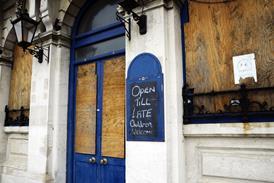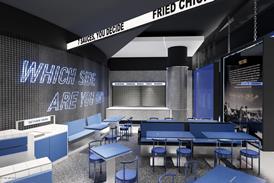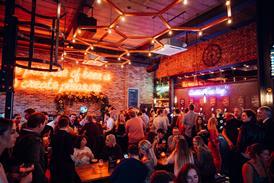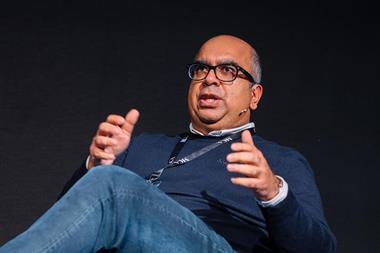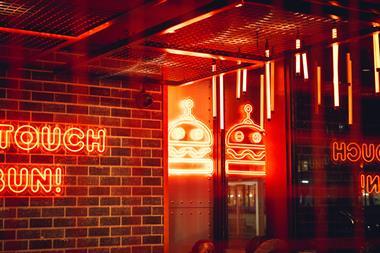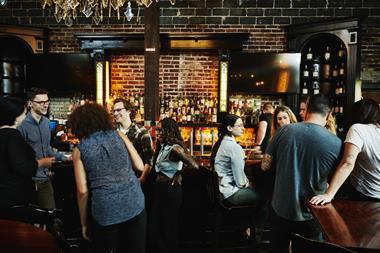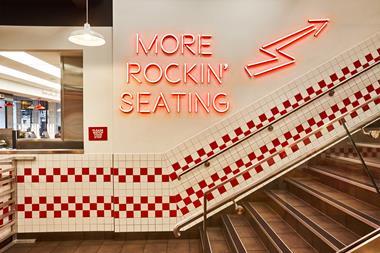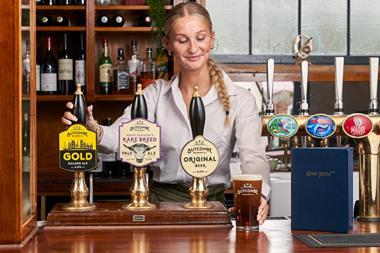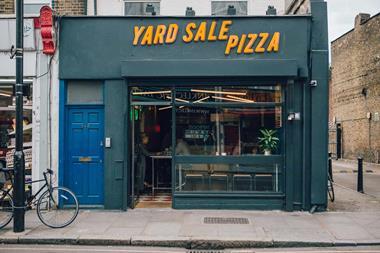Rewind to the middle of the last decade and if you were hungry in Tunbridge Wells’ town centre it was hard to avoid a business that had some current or previous involvemement from the Kaye family. Within a half-mile radius there are five restaurants - ASK, Zizzi, Prezzo, Dim T and Il Giardino - that the family either own, founded, or held a stake in. It is fair to say that the family knew the value of trading in a market town. Fast forward 10 years and with central London’s property market running too hot for the majority of sector businesses, a new generation of operators are increasingly finding comfort in the UK’s market towns.
A survey by Lloyds TSB which tracked house price movements in 113 market towns in England according to data supplied by the Land Registry found homebuyers typically spend £23,000 more to live in a market town in England. House prices in market towns across England were found to be, on average, 11% higher than their county average, while the average house price itself (£235,719) was found to be more than six times average gross annual earnings. Market towns have always been viewed as quaint places to live, but also, as the previous figures testify, affluent locations. It is the latter that the industry and pariticularly the casual dining sector is now tapping into with more frequency.
Whilst the major cities are becoming the new battleground for the establishment of brand breaking out of London, with landlords keen to attract the likes of Cabana, CAU, Wahaca and Pho to their new schemes, their more mature cousins, Bill’s, Loungers, Cote and Byron have embraced locations that a number of years ago would have arguably been on many operator’s third or even fouth tier of expansion targets, places such as Epsom, West Bridgford, Camberley and Berkhamsted
This movement has come in line with the dramatic shift from drink to food-focused businesses over the last five years. As the new Market Growth Monitor from CGA Peach and AlixPartners points outs Great Britain now has around 8,000 fewer licensed premises than in 2010, including over 6,000 fewer wet-led pubs. Included in that number is the almost 5,000 decline in ‘community locals’. There are far fewer circuit bars and social clubs too. In that same five years, the number of restaurants grew by almost 5,000, with more than 1,000 extra food-led pubs. That equates to a 22% increase in restaurant numbers.
Whilst Loungers has played the market town card exceptionally well over the last 10 years, it is increasingly finding Cote and, especially Bill’s, moving into its space. It helps that both the Nick Collins-led group and the Richard Caring-backed Bill’s have the ability to be all things to all men in terms of their offer. Bill’s joint managing directors Scott Macdonald and Roberto Moretti admitted to me recently that the company was to pull back on its openings rate over the next few years, after opening c60 sites over the last three years.
Moretti said that the 68-strong company was now looking at opening c15 sites a year going forward with a lean toward unlocking further sites in small market towns where the brand’s all-day dining offer is proving very popular.
He said: “We won’t do 25 openings next year. We will be targeting an annual figure of 15 new sites. We have pushed hard for two years and there are a lot of sites we want to annualise and trade well. We don’t need to push as hard on this front, we know the opportunity is out there but we don’t need to prove anything on that front.” What they would like is more time in each of the new locations they are opening. Moretti half joking says: “It would be nice to have just six months trading before everyone follows us!”
Loungers revealed last week that they will be looking to open 25 sites a year going forward, with the company set to reach the 100-site mark by the end of next year. Recent openings have included launches in Amersham and Urmston, the latter producing the largest ever first full week of sales for any of the group’s Lounge sites.
Byron may have opened its third site in Manchester recently, but Camberley marked the location of its 50th opening, whilst Farnham, Cheltenham and Bury St Edmunds form part of ots 2015/2016 pipeline.
Other more fledgling brands have taken note. Giggling Squid has made a virtue of openings in affluent south east towns, with Berkhamsted and Esher on its opemnings list before the year end. Polpo, the Luke Bishop-led group, will make its regional debut in Brighton in November, and despite having as good as relationship as any with central London landlords, admits it sees its long-term growth outside the centre of the capital, citing Canterbury and Cambridge as target locations.
At the same time, the ripple effect in London continues. Firstly, there was arguably the Soho House effect, with the Nick Jones-led group taking its Dirty Burger and Chicken Shop concepts to the previously viewed as unfashionable/untradable locales of Whitechapel, Kenrtish Town, Tooting and Dalston. From Zone 2 we are now more likely to see fledgling operators branch out further along the tube line to see what hiddens gems can be unearthed in Zone 3 and 4. Polpo is in talks to open in Lewisham at the start of next year, while its bepieves it also has a chance of doing well in the like of Twickenham or Dulwich.
Many a commentator and operator has been heard to ponder the annual question of when the sector will reach saturation point in terms of space. You tot up the expansion targets of some of the leading players – TRG plans to double in size to up to 1,000 sites, CDG plans to reach 600, PizzaExpress believes it can add a further 200 units in the UK, both Bill’s and Cote could reach 200 sites – and you would have to agree with Cote joint managing director Harald Samuelsson’s half jokey comment to me that “we are going to need another UK” to fit them all in. At present, it is another part of the UK that is set to pick up the slack over the next few years, with those living in market towns (and estate agents) set to benefit.

